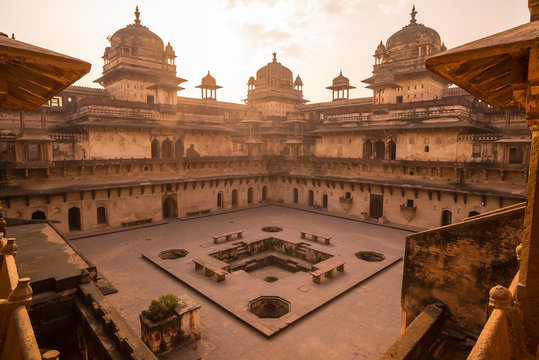¤ 10+ minutes Read
Sanchi
A complete tourist and cultural guide

Sanchi, a small town in Madhya Pradesh, is a globally renowned destination for history and spirituality. Known for its ancient Buddhist monuments, particularly the Great Stupa, it offers a unique blend of archaeological wonder, religious significance, and peaceful tranquility that captivates visitors from around the globe.
Wiki Link: Sanchi wiki page
Must-Visit Attractions in Sanchi

The Great Stupa, Sanchi
Often considered as most sacred of the twelve Jyotirlingas, attracts thousands with its divine atmosphere.

Sanchi Stupas Complex
A serene UNESCO site with multiple ancient stupas nestled on a peaceful hilltop.
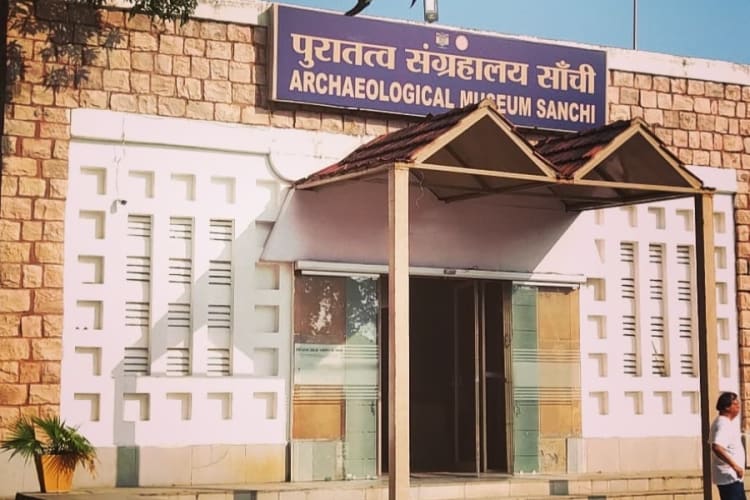
Archaeological Museum
Houses the original Ashoka Lion Capital and exquisite sculptures from the site.

Ashoka Pillar
Renowned for its perfect structural balance and famous four-lion capital design.
Major Attractions Nearby Sanchi

Vidisha
An ancient trade hub featuring historic ruins like the Bijamandal Mosque and rich archaeological remains.
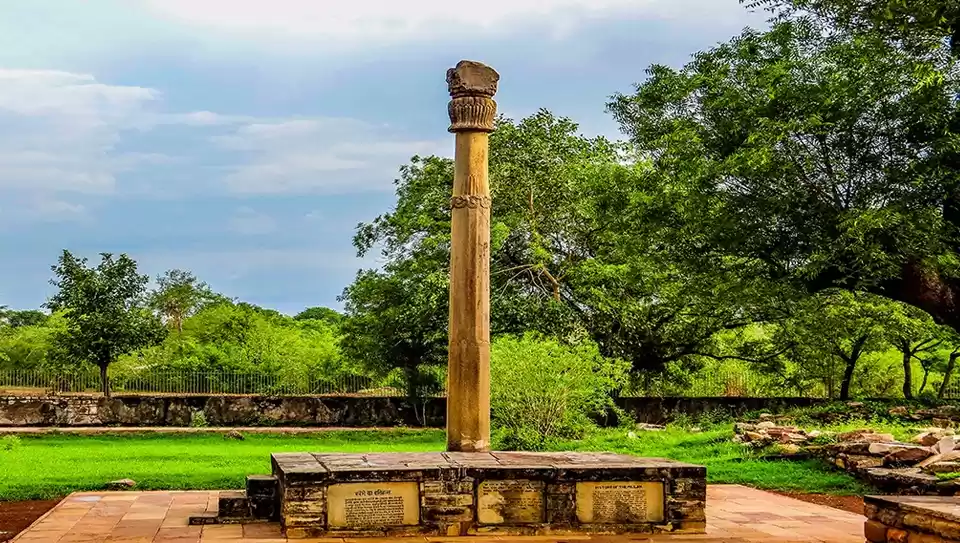
Heliodorus Pillar
A 2nd-century BCE Garuda pillar marking early Indo-Greek cultural and diplomatic exchanges.

Bhopal
The state capital renowned for its beautiful twin lakes, historic mosques, and vibrant modern culture.
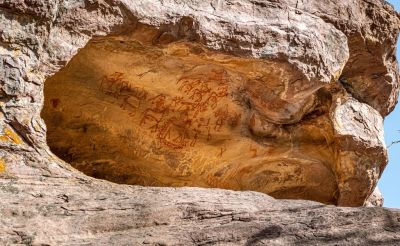
Bhimbetka Rock Shelters
A UNESCO site featuring prehistoric cave paintings dating back 30,000 years, set within stunning natural rock formations.
Things to do in Sanchi
Experience the profound historical, spiritual, and archaeological essence of this ancient hilltop. From exploring UNESCO World Heritage monuments to witnessing spectacular sunsets over millennia-old structures, Sanchi offers a tranquil journey into India’s rich Buddhist heritage.
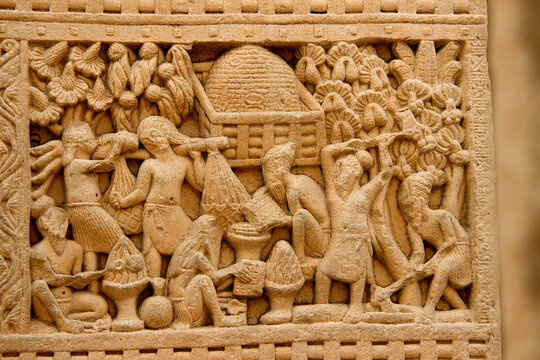
Explore the Carvings
Admire intricate gateway carvings depicting Jataka tales and Buddha’s life in stunning detail.
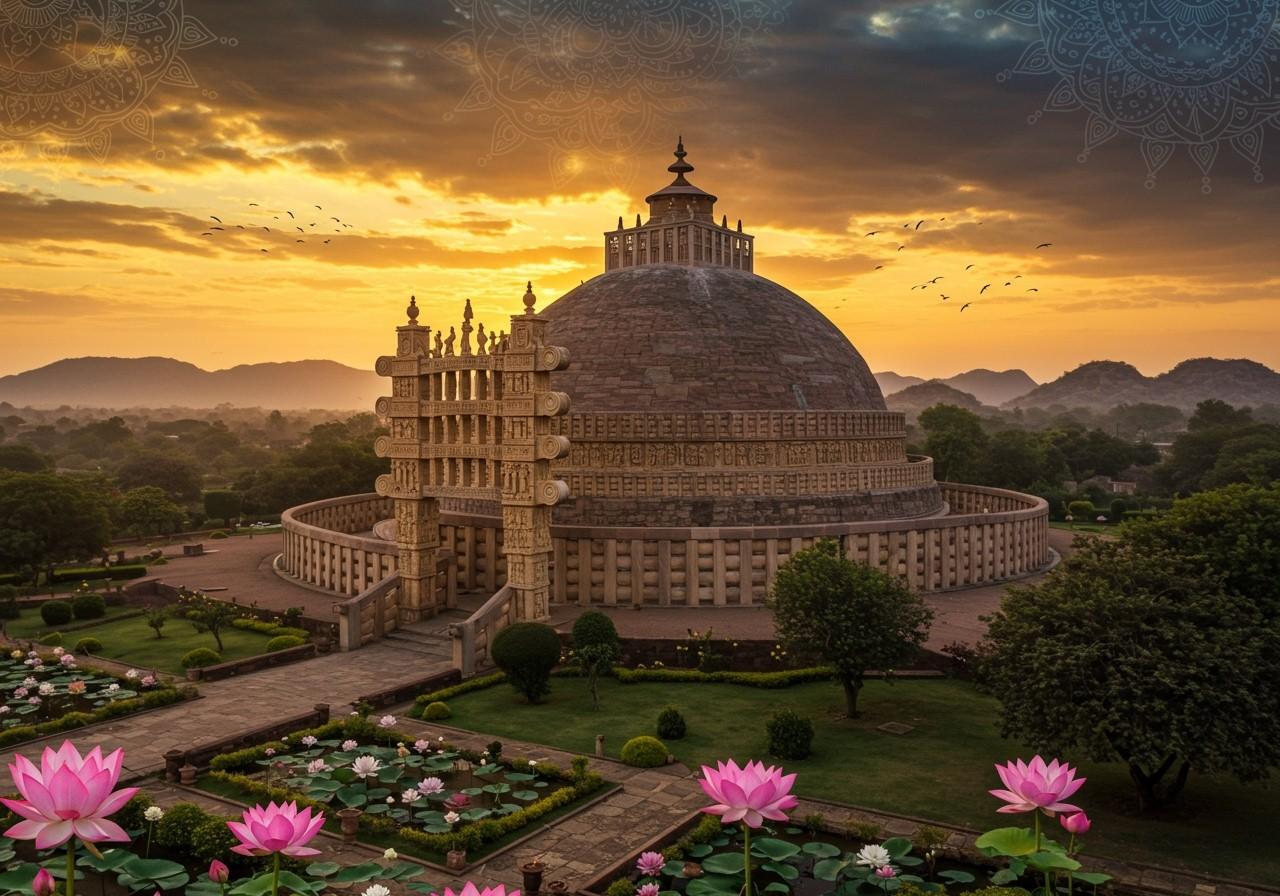
Sunrise & Sunset at the Stupa
Witness the ancient monuments glow in the magical light of dawn or dusk.
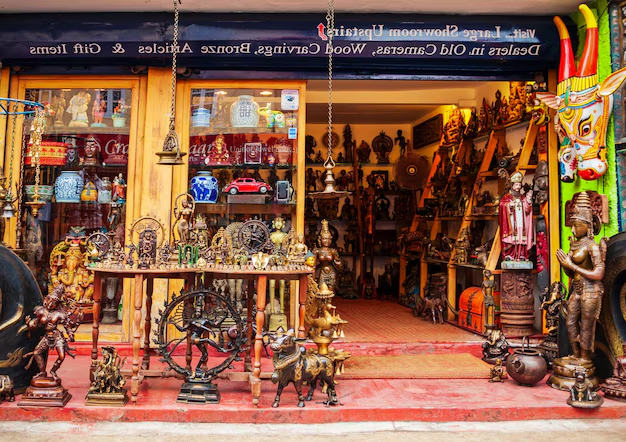
Souvenir Shopping
Browse local shops for beautifully crafted replicas of Buddhist artifacts and sculptures.
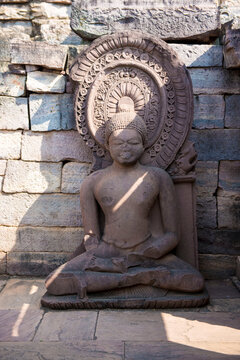
Meditation and Reflection
Find peace in the serene spiritual atmosphere of this ancient Buddhist complex.
The Performing Art of Sanchi
Sanchi is not a hub of performing arts but a silent auditorium of ancient narrative art. Its cultural legacy is set in stone, not in song or dance. The performing arts of its era are frozen in the exquisite carvings on the toranas (gateways) of the Great Stupa. These sculptures depict celestial dancers, musicians, and scenes of celebration, offering a timeless glimpse into the cultural life and artistic excellence of ancient India. The true “performance” at Sanchi is the quiet storytelling of its bas-reliefs, which continue to communicate Buddhist philosophies and ancient stories to visitors from across the globe.
Music Forms
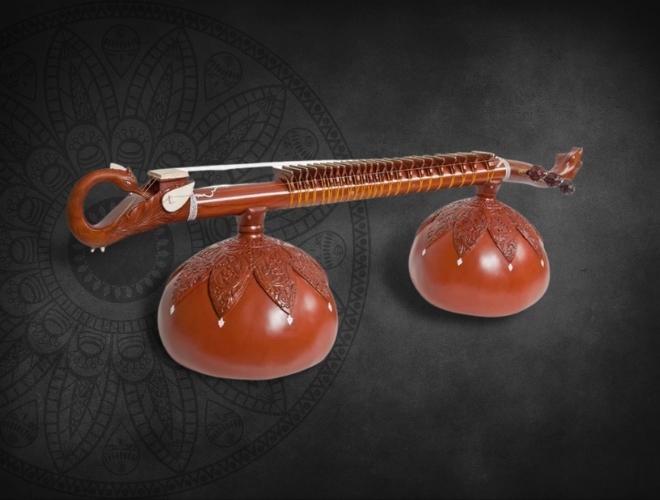
Dhrupad

Folk Music
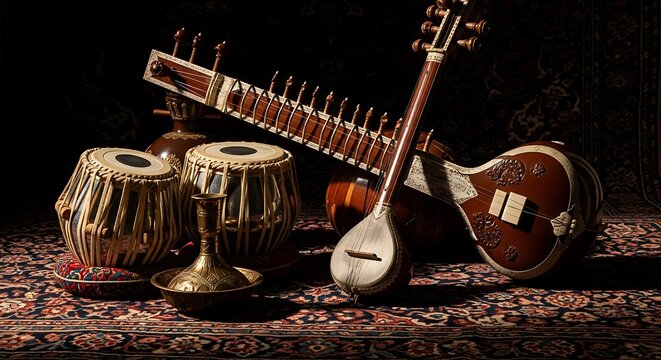
Devotional Music
Madhya Pradesh is a vital heartland for Hindustani classical music, home to the legendary Gwalior Gharana, the oldest and most foundational school of Khayal singing. The state’s musical landscape is richly adorned with the devotional depth of Dhrupad, often performed in temples and spiritual centers. Soulful semi-classical forms like Thumri and Tappa also flourish, expressing themes of love and devotion. Furthermore, the region boasts a vibrant tapestry of folk music, including the seasonal Chaiti and the poignant narratives of Birha, which beautifully capture the essence of local life and lore.
Dance Forms

Kathak
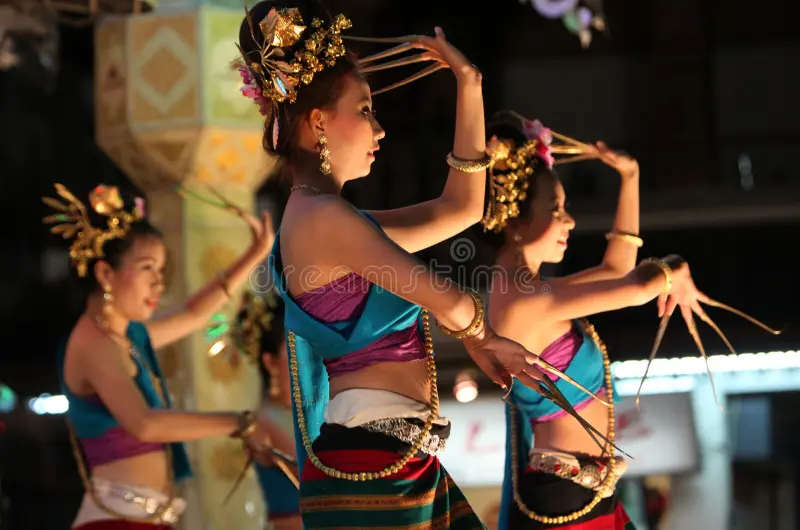
Rai Dance
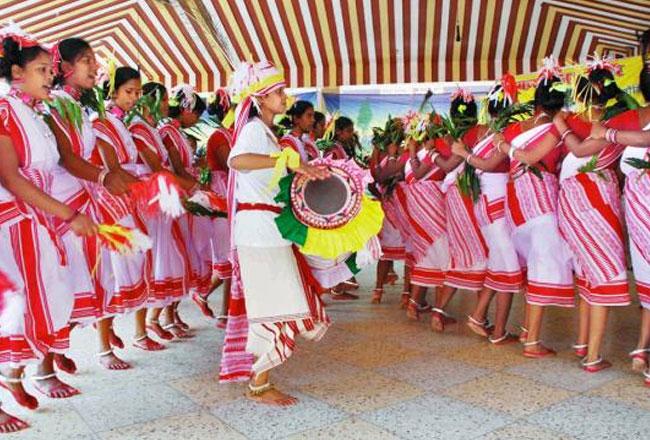
Karma Naach
Kathak is the principal classical dance form of the region, renowned for its elegant spins, intricate footwork (tatkar), and expressive storytelling (abhinaya). The state also celebrates vibrant folk traditions like the Rai Dance, a dynamic tribal performance from the Malwa region. The ceremonial Karma Naach is another significant folk dance, performed in circles during festivals to celebrate nature. Additionally, Gaur Dance is a spirited folk piece performed by the Gond and Baiga tribes, mimicking the movements of bison. The dramatic Ramlila, enacting episodes from the Ramayana, is a cornerstone of the region’s cultural calendar.

City Vibes - Ancient Serene Grandeur
Sanchi is not a city but a tranquil hilltop sanctuary, one of the oldest and most well-preserved Buddhist complexes in the world, radiating an aura of profound peace and historical immersion. The site’s essence lies in its majestic silence, broken only by the chirping of birds and the whispers of the wind through ancient stone gateways. The monumental stupas, intricate carvings, and the timeless Ashokan pillar stand as a powerful testament to a golden era of spirituality and art, seamlessly blending with the quiet contemplation of visitors and monks alike.
Heritage of Sanchi
Sanchi’s heritage is predominantly a monumental legacy of Buddhism, established by Emperor Ashoka in the 3rd century BCE. The site’s historic stupas, monasteries, and temples preserve the evolution of Buddhist art and architecture over thirteen hundred years. Unlike other sites, Sanchi’s global significance comes not from events in the Buddha’s life, but from being a central hub for the propagation of his teachings, with its exquisite stone carvings serving as a visual scripture. This unparalleled heritage is protected as a UNESCO World Heritage Site, celebrated worldwide for its majestic serenity and intricate narrative sculptures.

Cuisine of Sanchi
Sanchi offers a delightful taste of Madhya Pradesh’s heartland cuisine, known for its robust flavors and wholesome dishes.

Poha-Jalebi
A classic breakfast pairing of spiced flattened rice with sweet, coiled jalebis.

Dal Bafla
Hearty wheat dumplings, boiled and baked, served with ghee and spicy lentil curry.

Ganne ka Ras
Fresh, sweet sugarcane juice, a refreshing and energizing street-side drink.

Bhutte ka Kees
A savory seasonal dish of grated corn cooked with milk and spices.
Shopping in Sanchi
Shopping in Sanchi offers a serene journey through ancient Buddhist art and Madhya Pradesh’s rich craft traditions. From exquisite stone carvings to tribal handicrafts, the town’s quiet markets reflect its profound historical and cultural legacy.

Stone Sculpture Replicas
Intricate replicas of the famous Ashoka pillar and stupa carvings.

Maheshwari & Chanderi Sarees
Elegant, lightweight sarees known for their distinctive borders and designs.

Dhokra Art
Tribal metal cast figurines made using the ancient lost-wax technique.

Incense Sticks
Aromatic agarbattis, a common and portable souvenir for home use.
Tourist's Handbook
The best season to visit Sanchi is during the winter months, from October to March, when the weather is cool and pleasant. This is an ideal time for exploring the archaeological park, visiting the outdoor monuments, and enjoying the serene atmosphere. The clear skies and comfortable temperatures are perfect for photography and historical exploration. Avoid peak summer due to extreme heat and the monsoon season as the ruins can become slippery.
Wear Sturdy Footwear – The monument complex involves walking on ancient, uneven stone pathways; proper shoes prevent slips and trips.
Hire Authorized Guides – Politely decline touts and only hire official guides from the ASI counter to ensure accurate information and fair pricing.
Stay Hydrated & Protected – The site is largely open with limited shade; carry water, use a hat, and apply sunscreen to avoid heat exhaustion.
Secure Your Belongings – While generally safe, keep your valuables secure in crowded areas to prevent any instances of petty theft.
Respect the Monuments – Do not climb on the ancient stupas or carvings to help preserve this UNESCO World Heritage site for future generations.
Navigating Sanchi is a straightforward and peaceful experience centered around its compact archaeological site. The main monuments are best explored on foot, allowing you to absorb the serene atmosphere at your own pace. For travel between the railway station, museum, and the stupa complex, auto-rickshaws are the most common and convenient mode of transport. For visits to nearby attractions like the Udayagiri Caves or the city of Vidisha, hiring a cab for a half-day or full-day trip is the most practical and comfortable option.
Overpriced Souvenirs – Always compare prices at multiple shops before purchasing stone replicas or handicrafts.
Unauthorized Guides – Insist on seeing an official ASI guide license to avoid touts providing inaccurate information.
Fake Entry Fees – The monument complex has a standard ticket; be wary of anyone charging extra for "special access."
Donation Solicitations – Politely decline requests for donations for "temple maintenance" or "monk support" near the monuments.
Transport Overcharging – Agree on auto-rickshaw fares clearly before starting your journey, or use pre-paid services when available.

